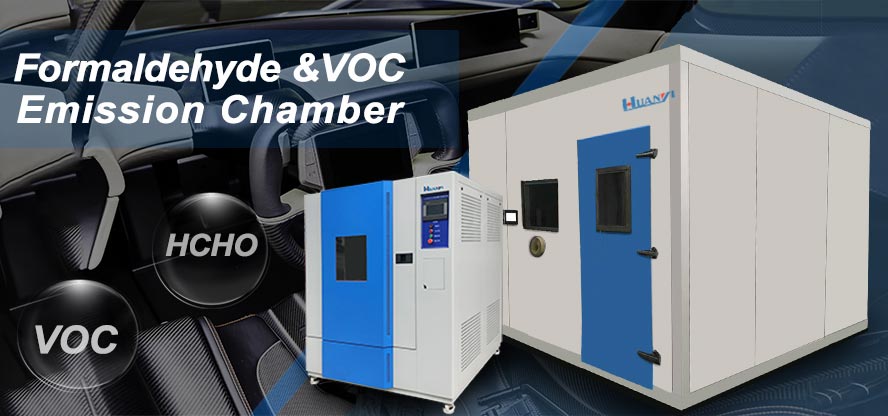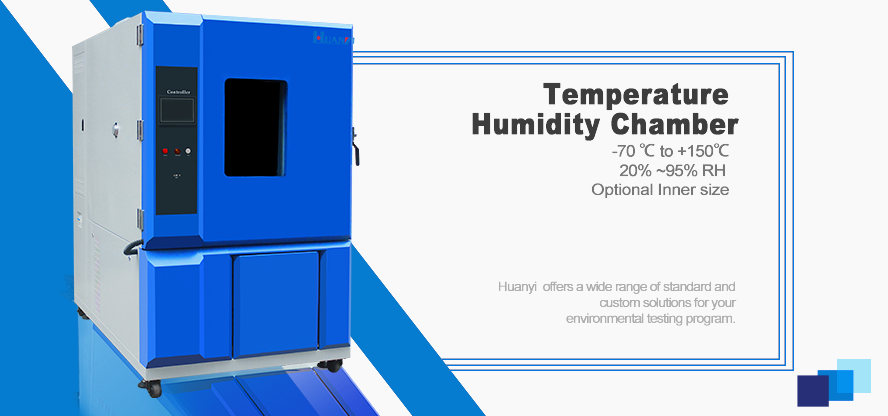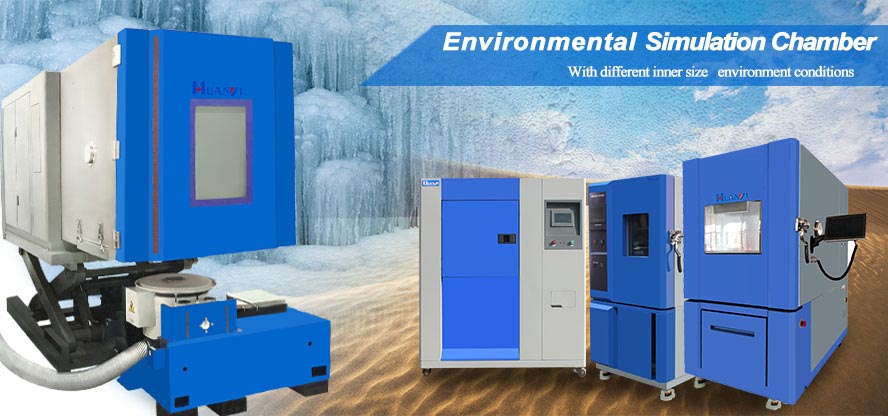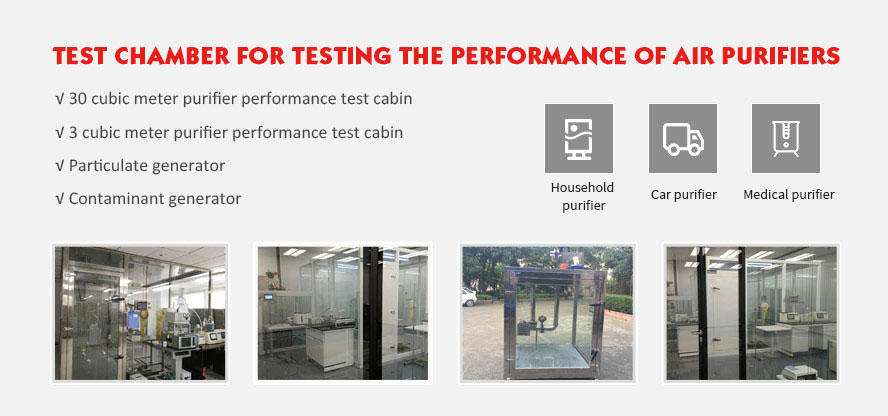Determining Formaldehyde Concentrations in Air and Emission Rates from Wood Products Using a Large Chamber Scope
1.1 This test method measures the formaldehyde concentration in air and emission rate from wood products containing formaldehyde under conditions designed to simulate product use (see 11.5 and Note 7). The concentration in air and emission rate is determined in a large chamber under specific test conditions of temperature and relative humidity. The general procedures are also intended for testing product combinations at product-loading ratios and at air-exchange rates typical of the indoor environment (1).2The products tested, the loading ratios and the air exchange rates employed are described in the test report.
1.2 This test method determines the average formaldehyde concentration in air and emission rate from a number of large size samples. The average concentration and emission rate reported, thus, will not provide information on higher or lower emitting panels in the test lot.
1.3 This method is primarily used for testing newly manufactured panel products that are shipped for testing either seal-wrapped in polyethylene or with waster sheets, or with both. When this test method is used for evaluating other than newly manufactured panel products (after original application,installation or use), the method of packaging and shipping the product for testing shall be described in the test report.
1.4 The quantity of formaldehyde in the air sample taken from the chamber is determined by an adaptation of the National Institute for Occupational Safety and Health (NIOSH) 3500 chromotropic acid test procedure. If another analytical procedure is used to determine the quantity of formaldehyde in the air sample, that procedure shall give results of equivalent or greater accuracy and precision than the adapted chromotropicacid procedure. Detailed procedures based on acetylacetone,pararosaniline (see Test Method D5221),2,4-dinitrophenylhydrazine (DNPH) (see Test Method D 5197) and 3-methyl-2-benzothiazoline (MBTH) (see Test Method D 5014) have been found to give results equivalent or greater in accuracy and precision than chromotropic acid. The test report shall note the analytical procedure employed.NOTE 1—3The chromotropic acid analytical procedure described in this test method is applicable for testing urea-formaldehyde bonded wood
products. According to NIOSH (4th Edition, 8/15/94) the low end of the working range for the chromotropic acid analytical procedure is 0.02 ppm.
A more sensitive analytical procedure is recommended for testing wood panel products where formaldehyde concentrations in air are anticipated to be at or below this level. DNPH is recognized as such a method.
1.5 This test method is used to determine compliance with requirements such as those established for building materials by the U.S. Department of Housing and Urban Development
Rules and Regulations 24 CFR 3280 for manufactured housing and by Minnesota Statutes Section 144.495. Measurement results are also used for comparing concentrations in air and emission rates from different wood products (2) and for determining compliance with product standards.
1.6 The values stated in SI units are to be regarded as the standard. The values given in parentheses are for information only.
1.7 This test method is not designed for determining general organic emissions from all indoor materials and products.NOTE 2—ASTM Committee D22 has developed Guide D 5116 which describes small-scale environmental equipment and techniques suitable for determining organic emissions and emission rates from materials and products used indoors.
1.8 This standard does not purport to address all of the safety concerns, if any, associated with its use. It is the responsibility of the user of this standard to establish appropriate safety and health practices and determine the applicability of regulatory limitations prior to use. For specific hazard statements, see Section 7.
DONGGUAN HUANYI INSTRUMENTS TECHNOLOGY CO., LTD









